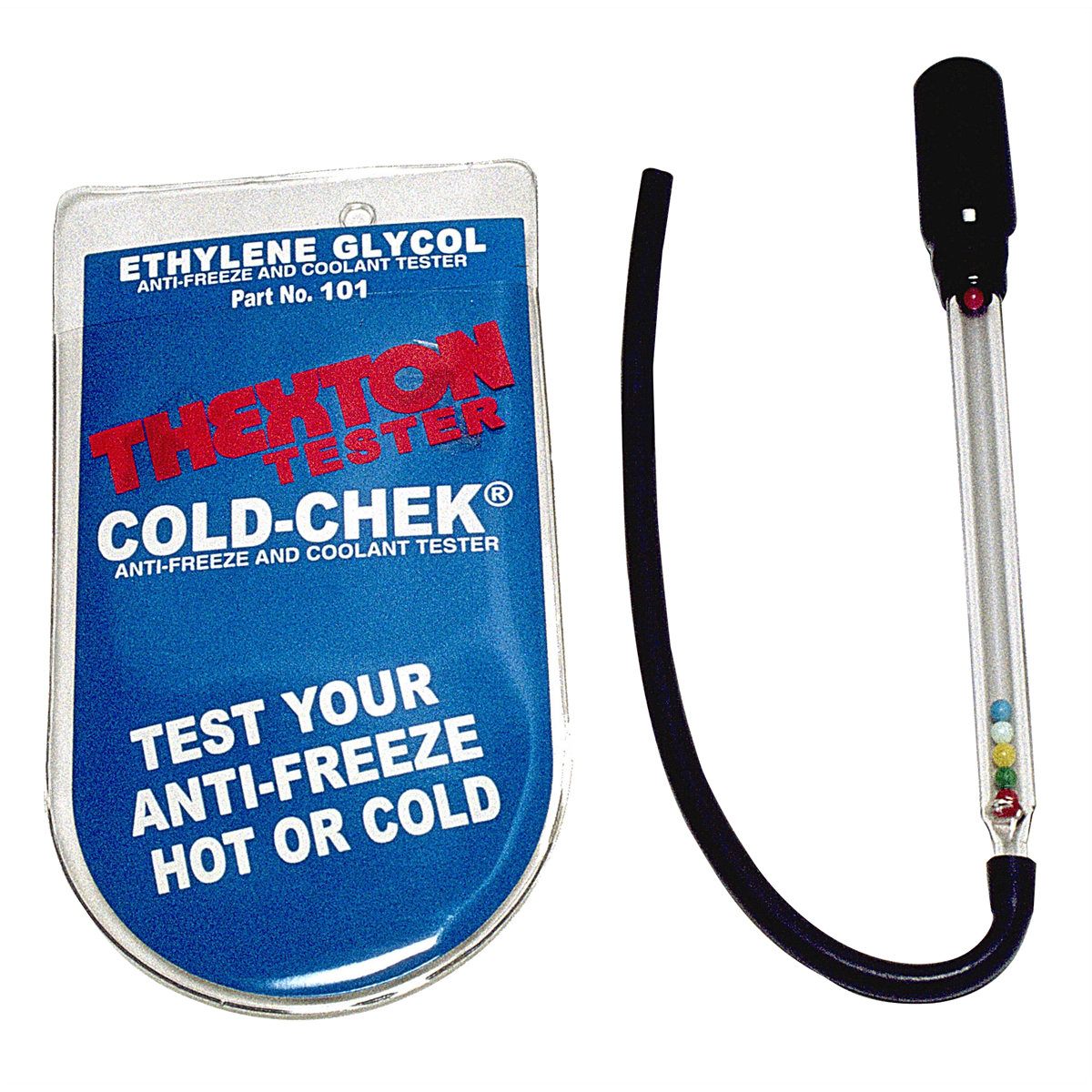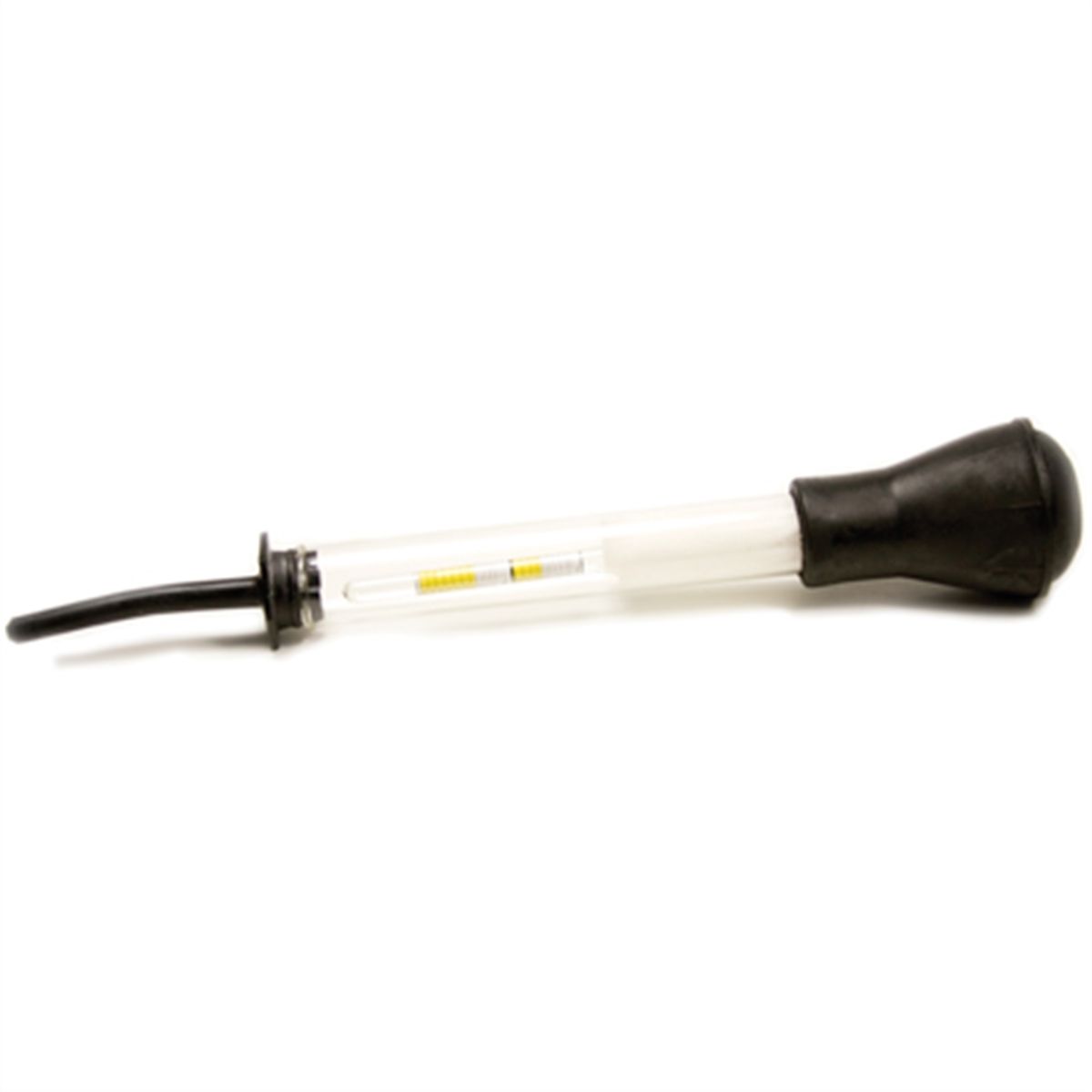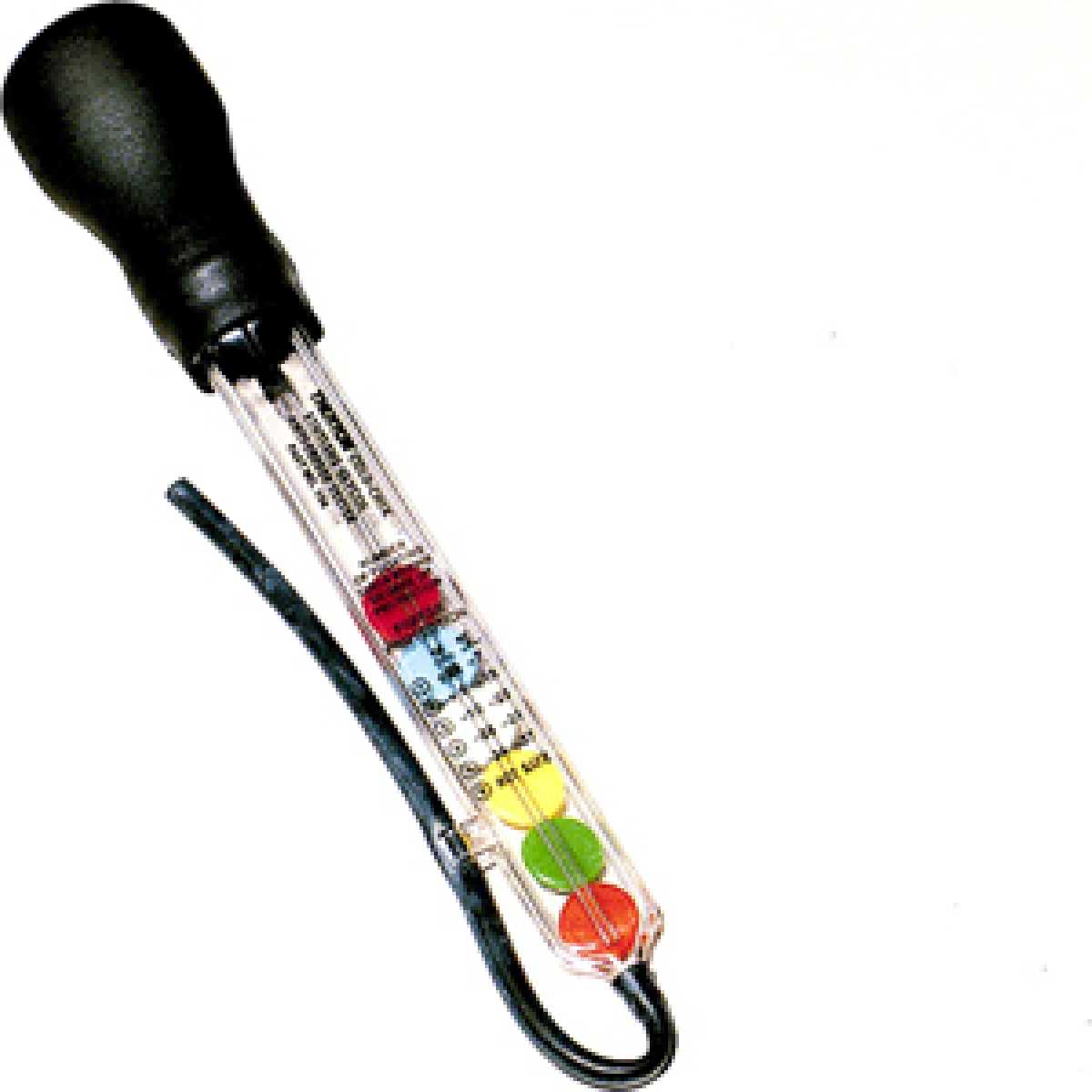Maintaining a vehicle is much like keeping any well-oiled machine in top condition; it requires regular check-ups and a watchful eye for anomalies. One of the most crucial yet often overlooked components in your car is the coolant system. Neglecting it can lead to costly repairs or even leave you stranded on the side of the road. Let’s dive into the ten signs that indicate a coolant leak and the potential costs if they’re ignored.


Introduction
A few months ago, I found myself stranded on a busy highway with steam billowing out from under my car’s hood. Despite knowing the basics of car maintenance, I had ignored the subtle signs of a coolant leak. This oversight cost me a hefty repair bill and taught me the importance of early detection. If you’re keen on avoiding such mishaps, here’s what you should look out for:
Sign #1: Puddle of Coolant Under Your Car
The most obvious indicator of a coolant leak is a brightly colored puddle beneath your vehicle. Coolant usually comes in fluorescent colors like green, orange, or pink, making it easy to spot.
Anecdote: I once noticed a neon-green puddle under my car after parking overnight. At first, I thought it was just condensation from the air conditioning, but the vivid color was unmistakable.
Cost Implications: Ignoring this sign can lead to more significant issues, such as overheating. A simple coolant top-up may only cost you around $10 to $20, but if left unchecked, it could escalate to a $500-$1,000 repair job for your radiator or engine.
Sign #2: Overheating Engine
Your car’s coolant system is crucial for maintaining the engine’s temperature. If your engine begins to overheat, it could indicate a coolant leak.
Story: I remember a road trip where my friend’s car started overheating halfway to our destination. We ended up waiting for a tow truck instead of enjoying the scenery.
Financial Repercussions: An overheating engine can damage vital engine parts, leading to repairs that can easily exceed $1,000. Addressing a coolant leak early can prevent these costly repairs.
Sign #3: Low Coolant Levels
Regularly checking your coolant level is an excellent practice. If you frequently find it low, you might have a slow leak.
Anecdote: During a routine oil change, the mechanic pointed out my low coolant level. A closer inspection revealed a minor leak, saving me from future headaches.
Cost: Continuously adding coolant can cost about $10 every few weeks, but a permanent fix might be a one-time cost of $100-$300, depending on the leak’s location.
Sign #4: Warning Lights on the Dashboard
Your vehicle’s dashboard is equipped with warning lights to alert you of issues, including coolant leaks.
Story: My cousin once drove for weeks with a warning light on, assuming it was a faulty sensor. It wasn’t until her car stopped on the freeway that she realized the mistake.
Costs: Ignoring dashboard alerts can lead to breakdowns costing upwards of $1,500 in towing and repairs.
Sign #5: Steam from the Engine
Seeing steam rise from under the hood is a surefire sign of trouble, often linked to a coolant leak.
Dramatic Tale: I vividly recall driving down a scenic route, only to have steam erupt from my engine. It felt like a scene straight out of a movie, albeit not as entertaining in reality.
Immediate Costs: Pulling over and addressing the issue promptly can save you from a blown head gasket, a repair that can cost between $1,200 and $2,000.
Sign #6: Sweet Smell from the Engine Bay
Coolant has a distinctive sweet smell. If you catch a whiff of it, especially when the car is running, a leak might be present.
Anecdote: My neighbor once followed a sweet scent to discover a small leak that was easily fixed before it became a larger issue.
Cost Savings: Catching leaks by smell can save you hundreds in potential repair costs, turning a $100 repair into an avoidable $1,000 headache.
Sign #7: White Exhaust Smoke
White smoke from your exhaust can indicate that coolant is leaking into your engine.
Story: A friend’s car began emitting white smoke, which they mistook for a cold-weather effect until the car stopped running smoothly.
Costs Related: The mixture of coolant and engine oil can lead to severe engine damage, with repair costs potentially exceeding $2,000.
Sign #8: Rust or Discoloration in the Engine Bay
Coolant leaks can cause rust or discoloration, often seen around the radiator and hoses.
Keen-eyed Mechanic: A savvy mechanic noticed slight discoloration on my radiator during a routine check, preventing further damage.
Repair Costs: Addressing rust early can prevent damage that might require part replacements costing $300 to $800.
Sign #9: Poor Heater Performance
If your car heater isn’t working correctly, it might be due to low coolant levels.
Anecdote: On a particularly cold morning, I discovered that my car heater was blowing cold air. It turned out to be a coolant issue.
Repair Costs: Heater repairs can be costly if the coolant system is at fault, ranging from $300 to $1,000.
Sign #10: Visible Damage to Radiator or Hoses
Regularly inspect your radiator and hoses for visible damage or wear.
DIY Inspection: After learning about coolant leaks, I began checking my car’s hoses every few months, catching a potential leak early.
Costs of Professional Repair: While a DIY fix might cost $50-$100 in parts, professional repair could range from $200 to $500.
Conclusion
Catching coolant leaks early can save you from significant headaches and financial burdens. Regular maintenance and being aware of these signs can keep your car running smoothly and efficiently. The peace of mind that comes with a well-maintained vehicle is priceless, and as I learned from my highway misadventure, prevention is always better than a costly cure.
In the end, keeping an eye out for these ten signs will ensure your car’s longevity and your safety on the road. Regular check-ups and timely interventions can make all the difference between a smooth ride and an unexpected roadside mishap. Stay vigilant, and happy driving!



Follow us on social media